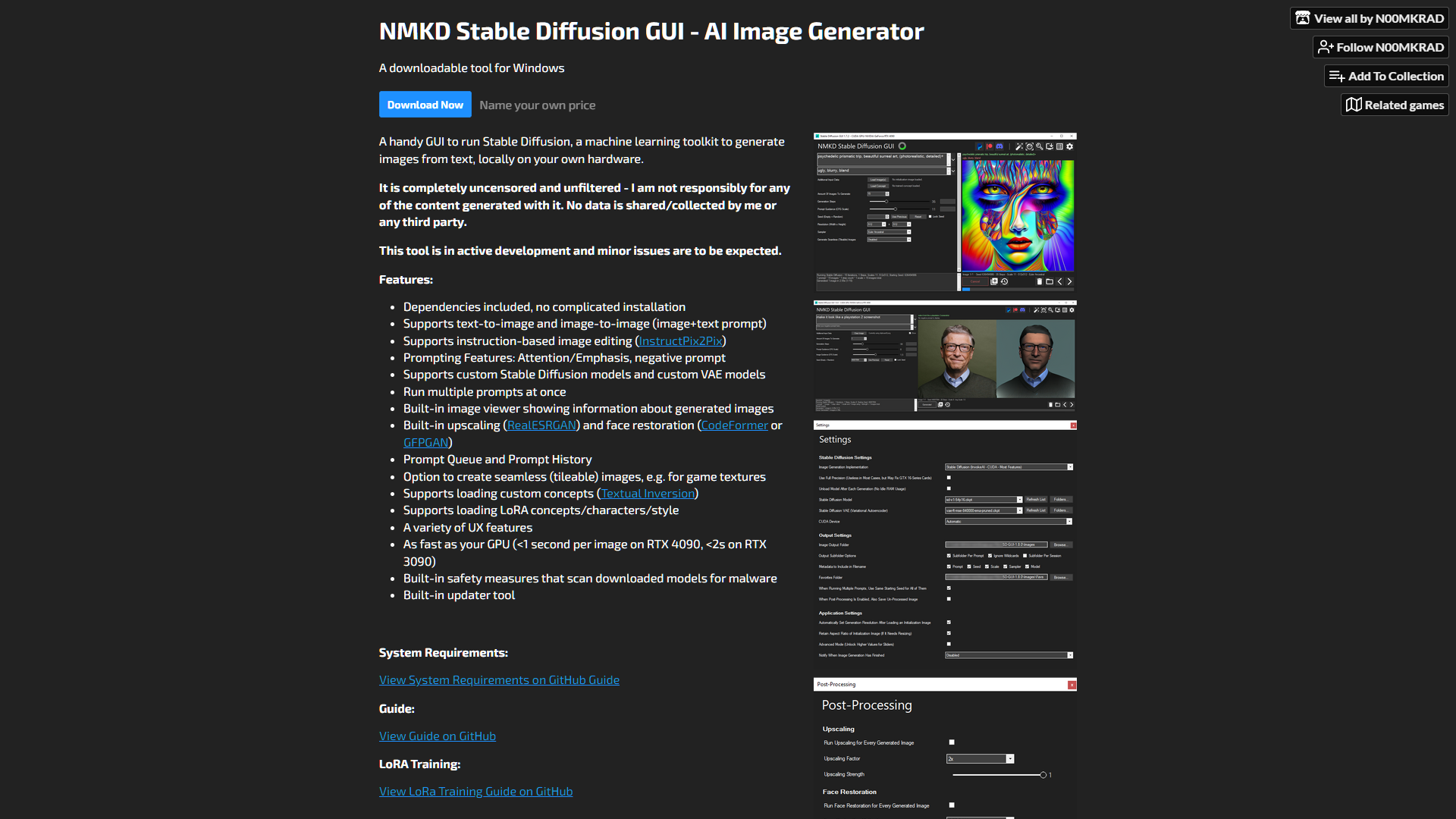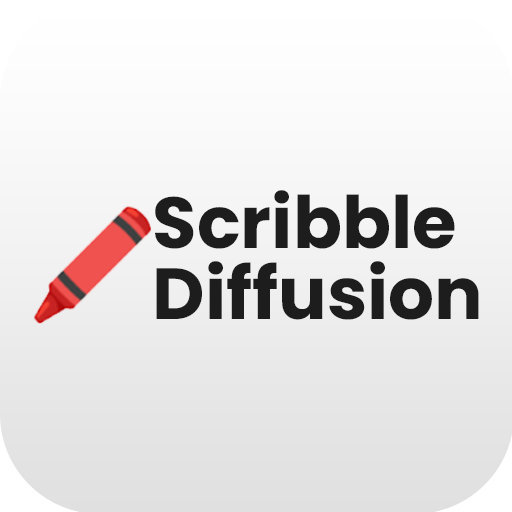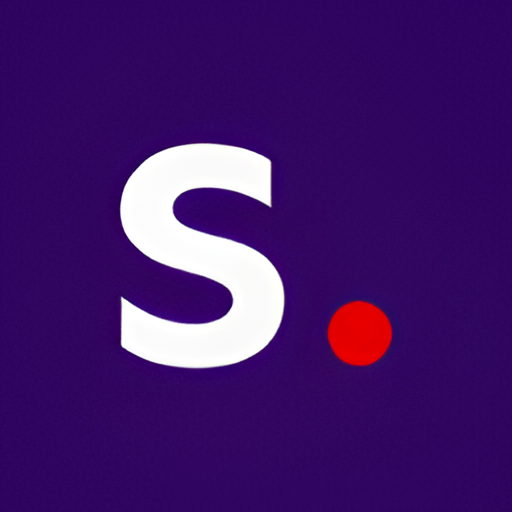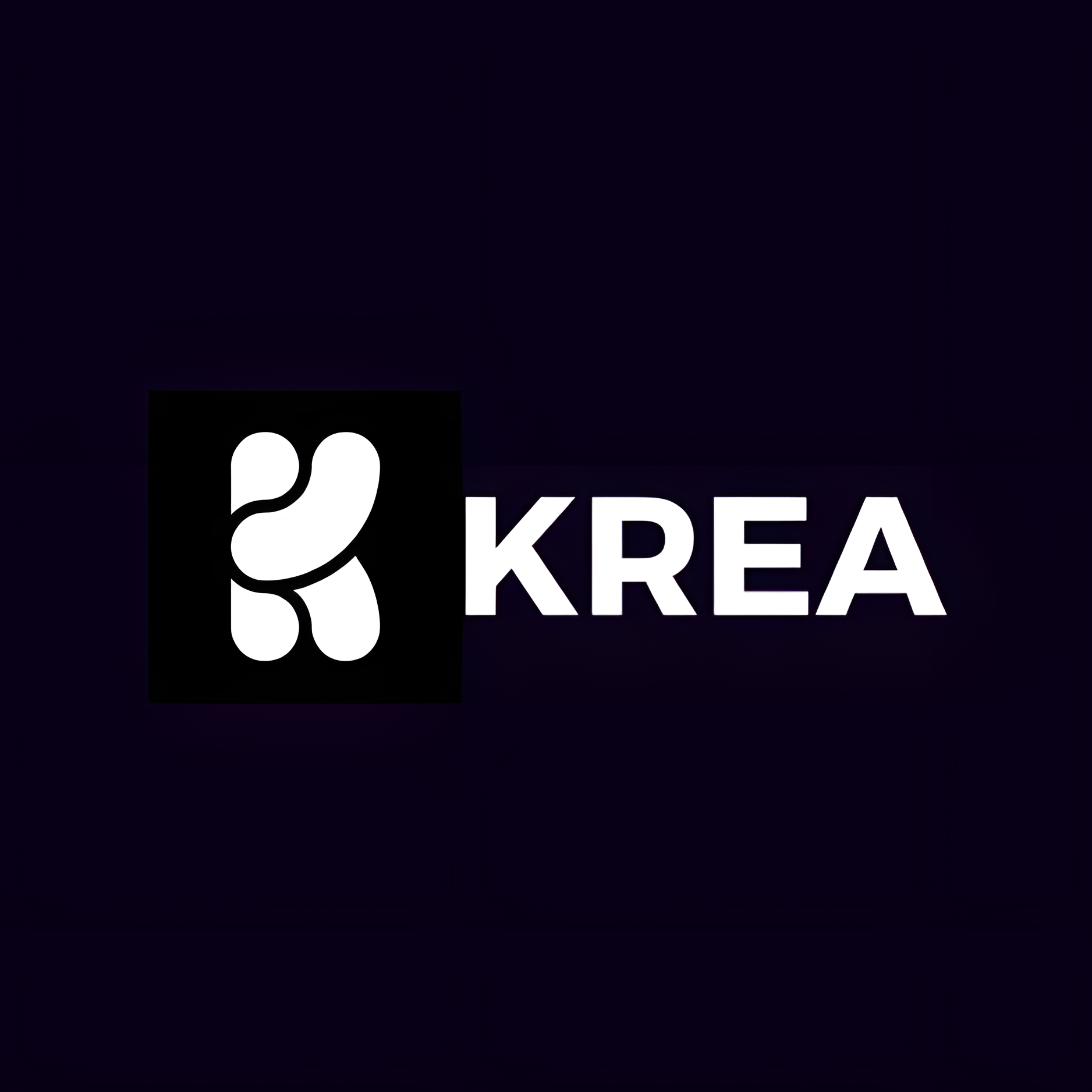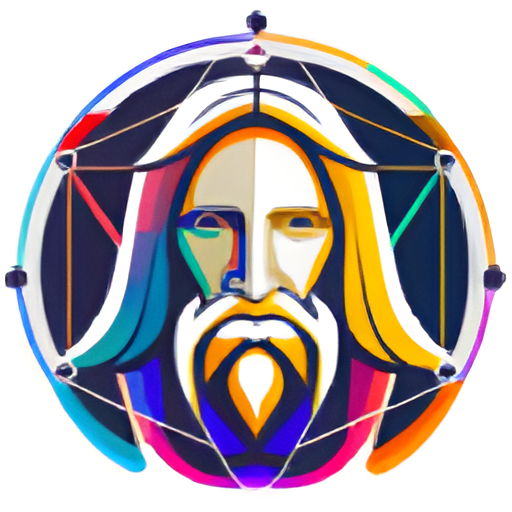Overview
The NMKD Stable Diffusion GUI is a powerful AI image generator tool designed for Windows users who seek to create images directly from text or modify existing images using advanced machine learning techniques. This tool operates locally, ensuring that no user data is shared or collected, maintaining complete privacy and uncensored content generation.
Key features of the NMKD Stable Diffusion GUI include easy installation with all necessary dependencies included, making it accessible even for those new to AI image generation. Users can enjoy a variety of functionalities such as text-to-image and image-to-image generation, instruction-based image editing, and the ability to use custom models. The tool supports multiple prompts, has a built-in image viewer, and includes tools for upscaling and face restoration to enhance image quality.
Additional advanced features include a Prompt Queue and History for managing multiple tasks, options for creating seamless images, and the capability to load custom concepts and LoRA characters/styles. The tool is optimized for fast processing on compatible GPUs and includes a built-in malware scanner for any downloaded models, ensuring safety and efficiency.
For ongoing support and updates, NMKD Stable Diffusion GUI provides a GitHub page with system requirements and user guides, a Patreon for those who wish to support further development, and a Discord channel for real-time assistance and community interaction. This comprehensive tool caters to both beginners and advanced users in the fields of AI and image processing, offering a robust platform for creative exploration and image generation.
Key features
- Easy installation: The tool includes all necessary dependencies, ensuring a smooth setup process on Windows systems.
- Text-to-image generation: Users can create images directly from textual descriptions, leveraging advanced machine learning techniques.
- Image-to-image transformation: Allows modification of existing images based on new text inputs, enhancing creativity and flexibility.
- Custom model support: Supports the integration of various machine learning models, allowing for personalized and diverse image generation.
- Multiple prompt capabilities: Enables the use of multiple prompts simultaneously, increasing the complexity and detail of generated images.
- Built-in image tools: Features tools for upscaling images and restoring faces, improving image quality and detail.
 Pros
Pros
- Intuitive user interface: The tool offers a user-friendly interface, making it accessible for beginners without prior experience in machine learning or graphic design.
- Real-time previews: Provides instant visual feedback as changes are made, allowing users to tweak their inputs and see results immediately.
- Batch processing capability: Enables processing multiple images or prompts at once, significantly speeding up the workflow for bulk tasks.
- Extensive file format support: Compatible with a wide range of image file formats, ensuring users can work with virtually any type of image file.
- Regular updates: The tool receives frequent updates that introduce new features, enhance existing functionalities, and improve overall performance and stability.
 Cons
Cons
- High system requirements: The tool demands significant computational power, which may exclude users with older or less powerful computers.
- Limited OS compatibility: Primarily optimized for Windows, users on other operating systems like macOS or Linux might face compatibility issues.
- No offline functionality: Requires a constant internet connection to access cloud-based processing, limiting use in low-connectivity areas.
- Complex user interface: While powerful, the interface can be overwhelming for beginners, potentially steepening the learning curve.
- Resource-intensive operations: Advanced features such as image-to-image transformations consume substantial system resources, affecting performance.


